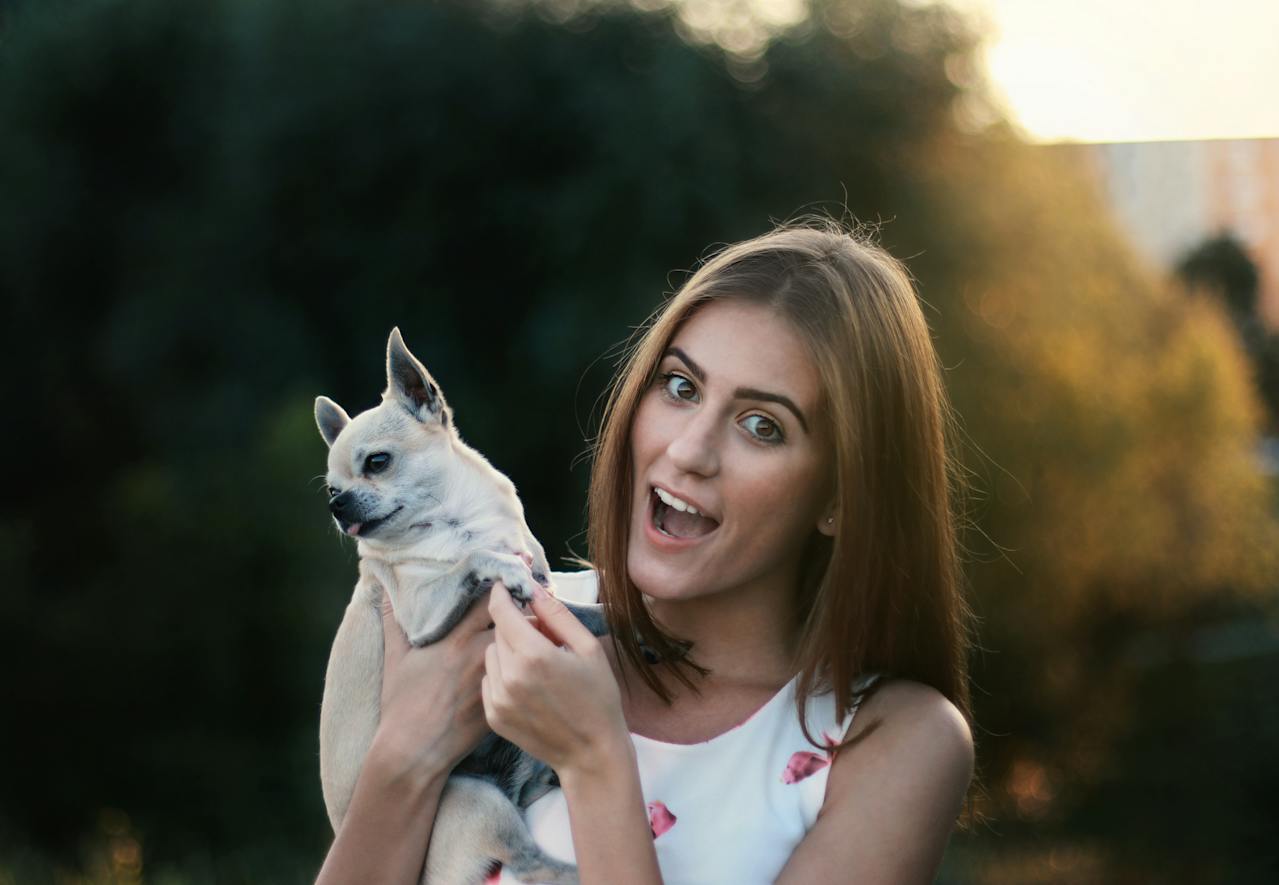Like People, Dogs Get Breast Cancer Too
Mammary tumors are the most common cancer in intact [not spayed] female dogs and account for approximately half of all cancers. Mammary neoplasms are not common in male dogs, accounting for less than 1 percent of these types of tumors. The incidence of mammary tumors is higher in dogs than in any other domesticated animal and is three times the incidence in humans.
Approximately half of the tumors are malignant, and half have metastasized or spread by the time they are initially diagnosed.
Sex hormones certainly play a role in development of mammary tumors in the non-spayed female dog. Intact females have a seven-fold increased risk of developing mammary cancer compared to neutered females. The age at which the dog is spayed is directly proportional to the risk of developing mammary cancer. Data clearly indicate the preventive role of spaying the dog prior to the second heat cycle.
Two studies showed that after a malignant mammary tumor develops; spaying your dog has no effect on tumor progression. In contrast, a recent study showed increases in survival time for dogs that were spayed within two years before mammary-tumor surgery.
Obesity may be a factor in mammary cancer in dogs. In one case-controlled study, the risk of mammary carcinoma among spayed dogs was 40% less than in dogs that had been thin at 9 to 12 months of age. Another study showed obesity at 1 year of age almost tripled the incidence of mammary cancer in intact dogs. In that study, dogs with a higher intake of red meat in their diet were at higher risk for developing mammary cancer.
Staging and diagnosis
The two most common sites of spread [metastases] are lungs and regional lymph nodes. Therefore, staging should include a minimum database of chest x-rays, complete blood count (CBC), biochemical profile, urinalysis and an evaluation of regional lymph nodes (axillary and inguinal) by palpation, fine-needle aspiration cytology and (if indicated) biopsy.
Prognostic factors
The prognosis for dogs with mammary cancer is not influenced either by tumor location or number of tumors. Other factors that are not prognostic are number of pregnancies, age at first pregnancy and occurrence of pseudo [false] pregnancies. The following are prognostic factors that have been shown in studies to predict survival or the disease-free interval.
Signs of Breast Cancer in Dogs
Similar to human breast cancer, mammary tumors in dogs can range in size. Breast tumors in dogs often grow quickly with an irregular shape. These malignant tumors can also cause bleeding and ulceration. However, if your dog’s tumor does not exhibit these signs that does not mean your dog is free from breast cancer; small tumors that have been present for a while can suddenly grow aggressively as well. As with most other types of cancer, once malignant tumors in dogs start to grow, the cancerous cells can spread to other parts of the body.
If you find a lump on your dog, do not wait to go to the veterinarian. It is always best to play it safe and have your dog examined by a licensed veterinarian who will perform a biopsy. Half of all mammary tumors in dogs are benign, but do you really want to play guessing games when it comes to your dog’s health?
Treatment of Canine Breast Cancer
Treatment of a malignant tumor usually involves surgery. Similar to breast cancer in humans, dogs will either have just the tumor removed or the entire mammary tissue along with lymph nodes. Dogs’ mammary glands are different from humans in that they are outside of the muscle, so the surgery is not as radical. Dr. Race Foster suggests that unlike humans, chemotherapy and radiation in dogs are not successful.
Canine Breast Cancer Prevention
The best way to prevent breast cancer in female dogs is to spay them before they go into heat for the first time. By doing this, dog owners can practically eliminate the chances of this tumor.
Dr. Carol Osborne is an author and world-renowned integrative veterinarian of twenty-plus years. After graduating from the Ohio State College of Veterinary Medicine, Dr. Carol completed a prestigious internship at the Columbus Zoo. Shortly afterward, she launched a very successful private practice and became the founder and director of the non-profit organization, the American Pet Institute. Dr. Carol offers traditional veterinary care for dogs and cats with a softer, natural touch. Her approach highlights the importance of nutrition and utilizing holistic avenues in combination with traditional treatments. Currently, she offers holistic therapies and traditional veterinary medical care for dogs and cats with dementia at the Chagrin Falls Pet Clinic in Chagrin Falls, Ohio. Call our Office Today at (866) 372-2765 or complete this Form to Email our Office.







